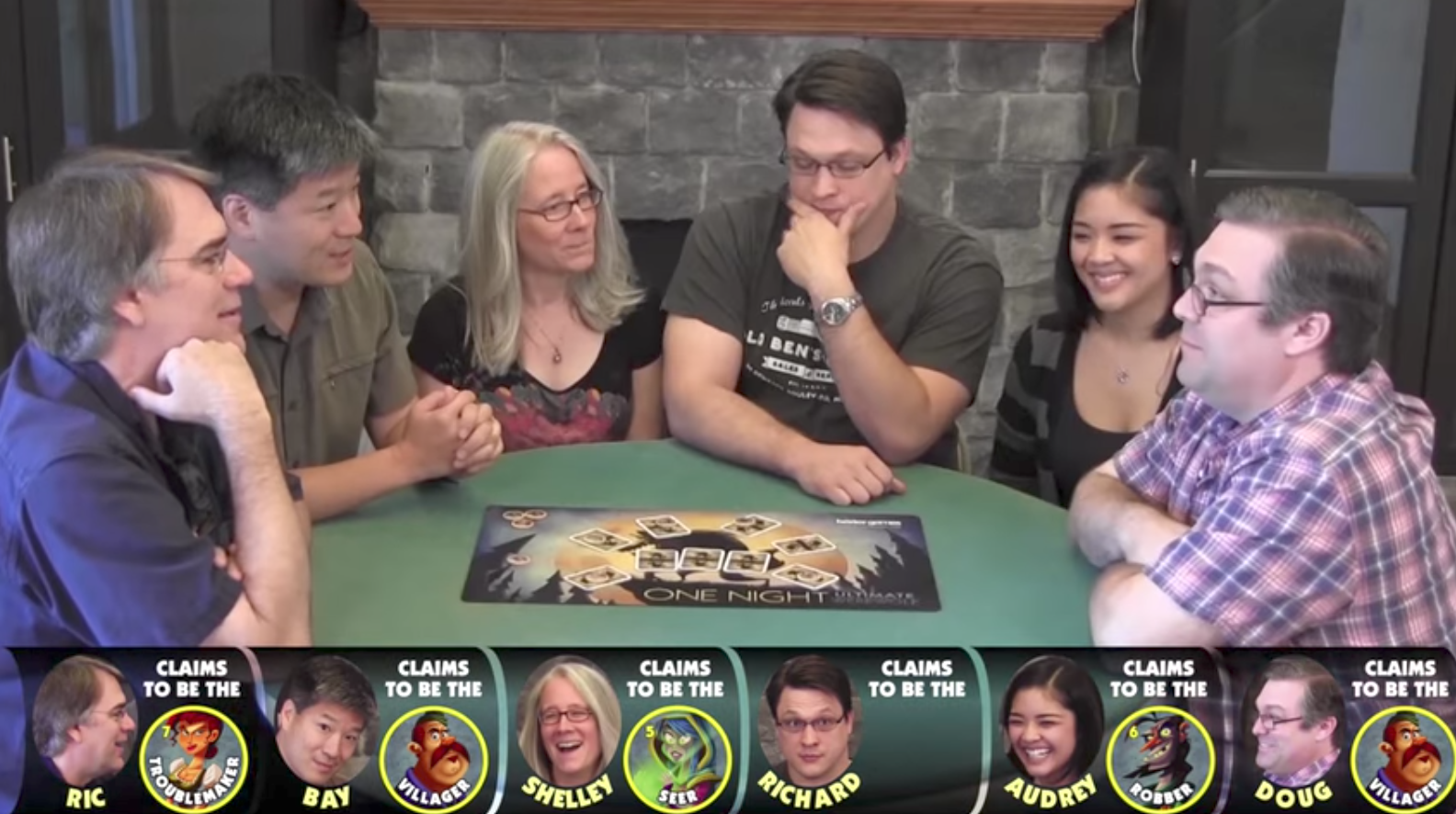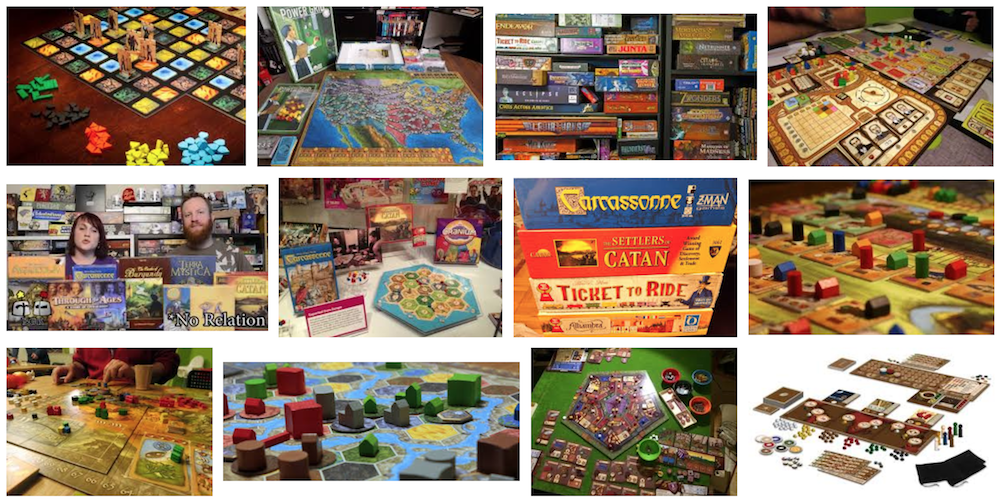Reduce negative experiences: kingmaking, run-away leaders, effective player elimination, downtime, null decisions, etc..

Appropriate player interaction
Be cognizant of the types of player interactions you intend to create in the game and make sure those are coming through in actual play experiences. Do players feel like they are interacting? What is the nature of the interaction? Is it combative and confrontational (i.e. “take that” gameplay) or more passive and indirect? How does that feed into metagaming issues like negotiation and politicking that may upset (or enhance!) the flow of the game outside of what you can control through the rules.

Appropriate use of Luck
Understand your approach for random elements in the game, and use luck/randomness in ways that reinforce your design goals and the experience you want to make. Chance can be used to simulate unpredictability and event that are “out of the systems”; give less skilled or losing players another chance; increase replayability by making each game play differently. Luck should not overdetermine or negate skill or players may feel a lack of agency. Do the best players win?
Make interesting choices
Understand the decision spaces you are creating in the game and mind the balance between the abundance and quality of options your design presents to players. You want to avoid irrelevant “null” decisions and emphasize quality meaningful decisions that have an impact on the future.

Strategies and play styles
It is important to ensure that there aren’t dominant strategies or dominant playstyles, otherwise your game risks become stale and it loses replayability (Civilization allows different play styles but it’s apparently hard to succeed as peaceful nation).

Game end triggers, the arc, and pacing
Generally, you want players to feel a sense of progression in the game, where the decision spaces you create are changing over the course of the game. Being faced with the same decisions over and over again with little sense of drama or tension can lead to a very flat experience that is not likely to be memorable for players. It’s not always about build up or progression. There can be tipping points and almost scripted climaxes (Pandemic time bomb, Arkham Horror final boss)

Thematic Consistency
Pay attention to how the theme is manifest in the mechanics. How much abstraction do you need? Explore how the theme can be used or emphasized as tool for helping players understand the mechanics. Avoid counter-intuitive situations where the theme and the mechanics don’t make sense with respect to one another (ludonarrative dissonance).

Elegance and Ergonomics
Pay attention to the ergonomics of your game and the amount of piece manipulation players are required to do. Are there more components and bits that need to be moved around than the depth of the game justifies? Does the fiddlyness break up the flow of the game? Look for opportunities to streamline the physical aspects of the gameplay. Look for elegant solutions. Do more with less.

Visual design
An important aspect of analog and digital design is the presentation, the theme and the visual language of the game.
Exercise: devise a few completely different themes for your prototype. Would they require significant changes? Are they more likely to appeal to a different audience? (what’s your audience)
Exercise: Design the logo of the game – it will force you to ask questions about style and theme.
What are the general visual references? Many board games adopt a somewhat self referential style with bright painterly color and formulaic, immediately readable, themes.

We can do better.



What are the different type or resources? Is their representation consistent across their game parts?
Are all the moving parts necessary? Can you incorporate counters and information into the main board? Can you move rules from the manual to the cards? Are there non-default uses of classic that can serve your purpose?


Are there features that makes sense to represent as icons? What is the color coding? Is it accessible to color blind players?

